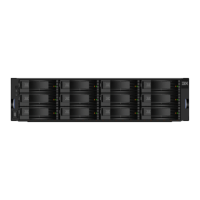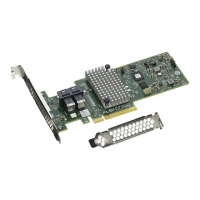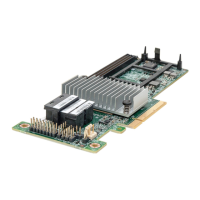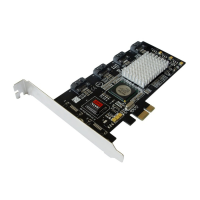Functional Description
ASCII Emulation
The Asynchronous Emulation Adapter provides
three
major
functions:
ASCII terminal emulation (IBM 3270
terminals
emulating an IBM
3101
Display
Station, a DEC
VT-1001,
or
an ASCII
printer
for
connection to ASCII hosts
or
public data networks)
3270 terminal emulation (ASCII
terminals
emulating an IBM 3178 Display
Station Model
C2,
3279
Color
Display Station Model 2A,
or
3287
Printer Model 2
for
connection to an IBM host)
ASCII passthrough (ASCII
terminals
connecting to ASCII hosts
or
to public data
networks).
The Asynchronous Emulation Adapter supports character-mode, asynchronous
transmission
of 7-bit ASCII (ANSI 3.4,1977) data
with
parity. Odd, even, mark,
space, and no-parity
c;:oding
are supported. Ports can be configured in
combinations of
ASCII
terminal
emulation, 3270
terminal
emulation,
or
ASCII
passthrough. Each port provides an EIA232D electrical interface and supports
transmission speeds of
300, 1200,2400,4800,9600, and 19200 bits per second
(bps) through modems
over
switched
or
nonswitched communication
facilities
or
through
direct
connection (without modems).
Terminal: The
following
display
stations
are
supported
for
ASCII
terminal
emulation: IBM 3178, 3179 (Model 1 only), 3180, 3191, 3278, 3279 (operating in
four-color mode), and
3270 Personal Computers operating in control unit
terminal
(CUT) mode.
Keyboard: The IBM typewriter, APL, and
text
keyboard types are supported
through special keyboard maps
for
the IBM
3101
and
DEC
VT-100
display
stations.
Printer: The IBM 3230 Model 2,3262 Model 3
or
13,
3268 Model
2,
and 3287 Model
1
or
2 are supported
for
ASCII
printer
emulation. ASCII control sequences
for
the
following
functions are supported: line feed, form feed,
carriage
return, bell, and
tab-skip to the next
multiple
of 8 characters. The 3270
printer
in
this
mode is used
only
as a host pri nter.
Host Attachment: ASCII host attachment is through any of the adapter ports, as
specified
during
customization of the 3174.
1
Trademark
of
the Digital
Equipment
Corporation.
Chapter
2.
Features and Functions of the 3174
Controller
2-3

